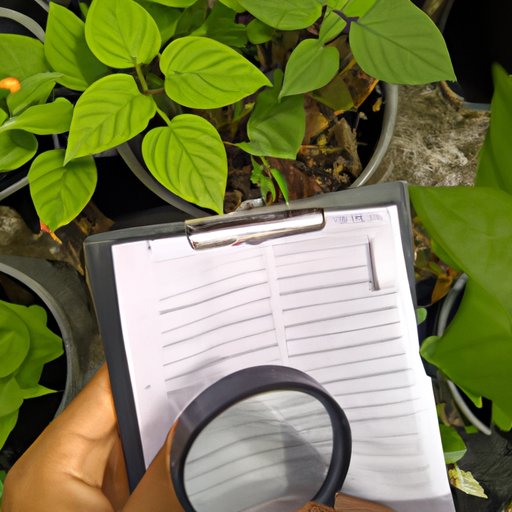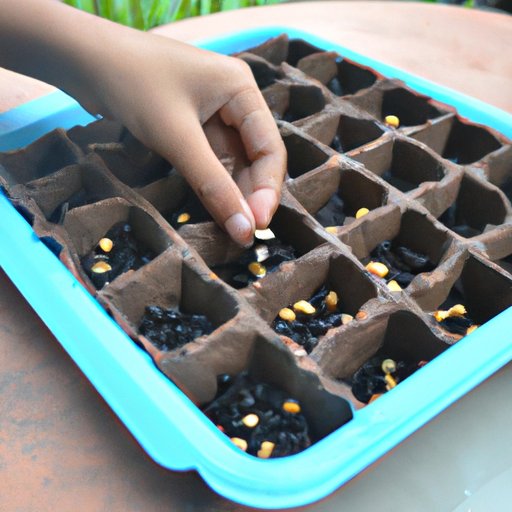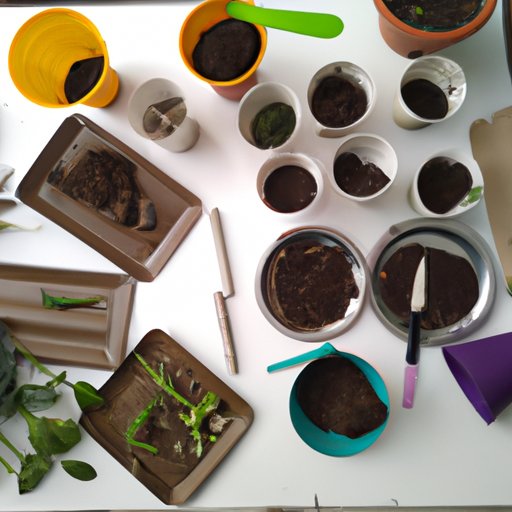Introduction
Gardening is a fun and rewarding hobby that allows you to grow your own fruits, vegetables, flowers, and herbs. It can also be a great way to connect with nature and get some exercise. Whether you are a beginner or an experienced gardener, starting a garden can be a challenging but ultimately rewarding experience.
What is Gardening?
Gardening is the practice of growing plants in an outdoor space. This can include flowers, vegetables, fruit trees, shrubs, and herbs. Gardening involves planning, preparing the soil, planting, watering, and maintaining the plants over time. Depending on the type of plants you choose, it can require a lot of work but it can also be very satisfying.
Why Start a Garden?
There are many benefits to starting a garden. Not only does it provide fresh fruits and vegetables, but it can also be a great way to reduce stress and connect with nature. Studies have found that gardening can help reduce anxiety and improve mood. It can also provide opportunities to learn about plants and nature, and to teach children about the environment.

Researching Which Plants Will Thrive in Your Area
Before you begin gardening, it’s important to research which types of plants will thrive in your area. Different plants have different requirements for light, temperature, soil, and water. Consider your climate and location when choosing plants. If you live in a cold climate, look for varieties of plants that are hardy and can tolerate colder temperatures. If you live in a hot climate, look for plants that can handle intense heat and dry conditions.
Making a Plan for the Garden Layout
Once you know which plants you want to grow, you need to make a plan for the garden layout. Decide how much space each plant needs and choose the best location for it. Consider factors such as sunlight, wind, and soil type when deciding where to place each plant. Make sure there is enough space between each plant to allow for proper growth and air circulation.
Gathering Necessary Supplies
Once you have a plan for the garden layout, it’s time to gather the necessary supplies. You will need tools such as a shovel, rake, hoe, and trowel. You will also need soil, seeds, fertilizer, and other amendments such as compost or manure.
Preparing the Soil
Before planting the seeds, it’s important to prepare the soil. First, remove any weeds or debris from the area. Then, use a shovel or tiller to break up the soil and mix in nutrients such as compost or manure. Finally, level the soil and add a layer of mulch to help retain moisture and suppress weeds.

Planting the Seeds or Seedlings
Now that the soil is prepared, it’s time to plant the seeds or seedlings. Carefully read the instructions on the package for planting depth and spacing. Use a trowel to dig holes for each seed or seedling, then place them in the soil and cover lightly with soil. Water the plants and add a layer of mulch around them to help retain moisture.
Maintenance
Once the plants are planted, it’s important to keep up with regular maintenance. This includes watering the plants regularly, weeding, and fertilizing. Monitor the plants closely for any signs of disease or pests and take action if needed. With regular care, your plants should thrive and produce a plentiful harvest.
Conclusion
Starting a garden can be a fun and rewarding activity. By researching which plants will thrive in your area, making a plan for the garden layout, gathering necessary supplies, preparing the soil, and planting the seeds or seedlings, you can create a beautiful and productive garden. Regular maintenance is key to keeping the garden healthy and producing a bountiful harvest.
(Note: Is this article not meeting your expectations? Do you have knowledge or insights to share? Unlock new opportunities and expand your reach by joining our authors team. Click Registration to join us and share your expertise with our readers.)
